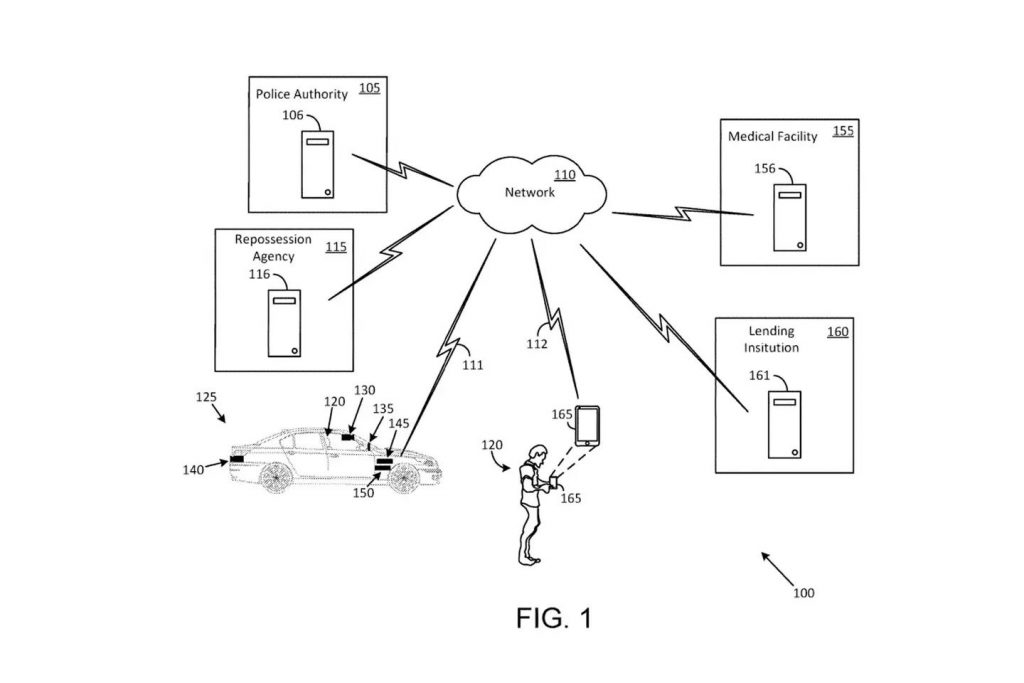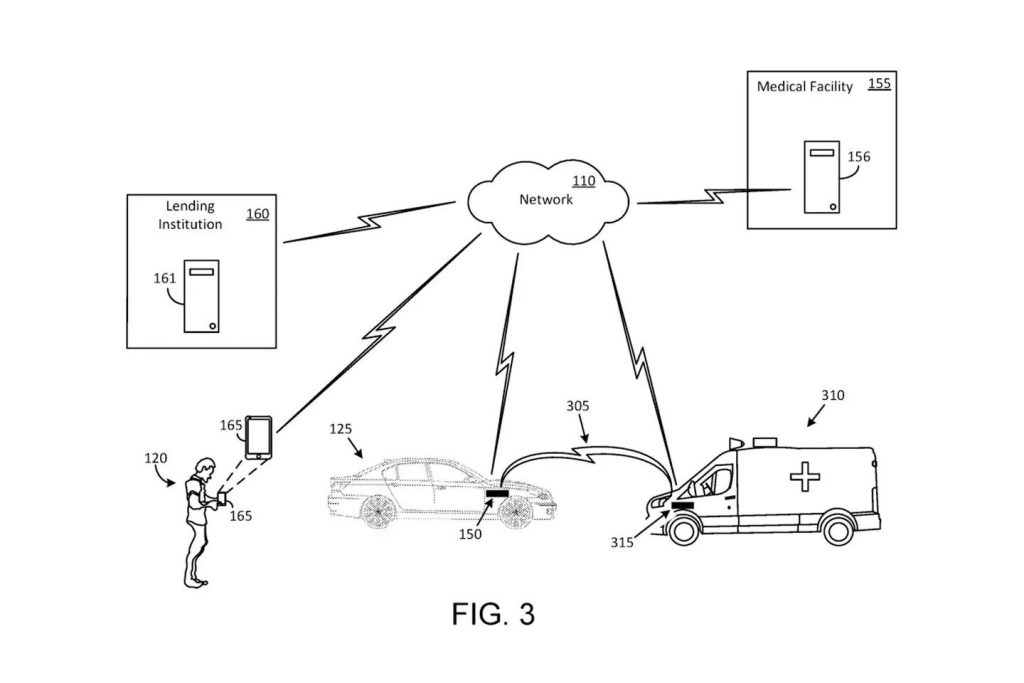Ford applied for a patent to make the repossession process go smoother. For the bank, that is. The patent document was submitted to the United States Patent Office in August 2021, but it was formally published on Feb. 23.
It’s titled “Systems and Methods to Repossess a Vehicle.” It describes several ways to make the life of somebody who has missed several car payments harder.
It explicitly says the system, which could be installed on any future vehicle in the automaker’s lineup with a data connection would be capable of “[disabling] a functionality of one or more components of the vehicle.”

Everything from the engine to the air conditioning. For vehicles with autonomous or semi-autonomous driving capability, the system could “move the vehicle from a first spot to a second spot that is more convenient for a tow truck to tow the vehicle… move the vehicle from the premises of the owner to a location such as, for example, the premises of the repossession agency,” or, if the lending institution considers the “financial viability of executing a repossession procedure” to be unjustifiable, the vehicle could drive itself to the junkyard.
No other automakers have recently attempted to patent a similar system, and indeed the Ford patent doesn’t reference any other legal document for the sake of clarifying its idea. All of this being said, patent documents, especially applications like this one, do not necessarily represent an automaker’s intent to introduce the described feature, process, or technology to its vehicles.
To start with, if your car is connected to the internet in any way, this system has the potential to work on it.

“In some cases, the vehicle computer can be programmed to perform some or all of the functions of the repossession system computer.” Essentially, if your car already has an infotainment system that can receive over-the-air updates, this system may work without any physical alterations.
Before initiating a formal repossession, the car will provide several warnings. If these warnings are ignored, the car’s functionality will begin to decrease gradually. Initially, minor conveniences such as “cruise control, automated window controls, automated seat controls, and some components of the infotainment system (radio, global positioning system (GPS), MP3 player, etc.)” will be lost.
Subsequently, more significant features such as “the air conditioning system, a remote key fob, and an automated door lock/unlock system” will be lost. Additionally, an “incessant and unpleasant sound” may be activated “whenever the owner is present in the vehicle.”
If the owner endures all of this and payment is still not received, they could be locked out of their vehicle. The patent application specifies that “the repossession system computer may disable the door lock mechanism, thereby placing the vehicle in a lockout condition and preventing a person from entering a cabin of the vehicle.”

There are various caveats to this, such as only locking out the owner on weekends or allowing vehicle use during emergencies. The patent specifically mentions that if someone is experiencing a medical emergency like a heart attack, the vehicle can be unlocked.
The onboard camera of the vehicle could be used in conjunction with a “neural network” to determine the legitimacy of the emergency situation.
The company says the vehicle could be driven via autopilot to a repossession agency or impound lot.
If the vehicle is not financially worthy of being fully repossessed, the automated repossession system “may cooperate with the vehicle computer to autonomously move the vehicle from the premises of the owner to a junkyard.”
This would be determined based on the car’s mileage, condition, and other costs associated with repossession, like towing fees.
Ford appears to be the only automaker to have filed for an automatic repossession patent.


